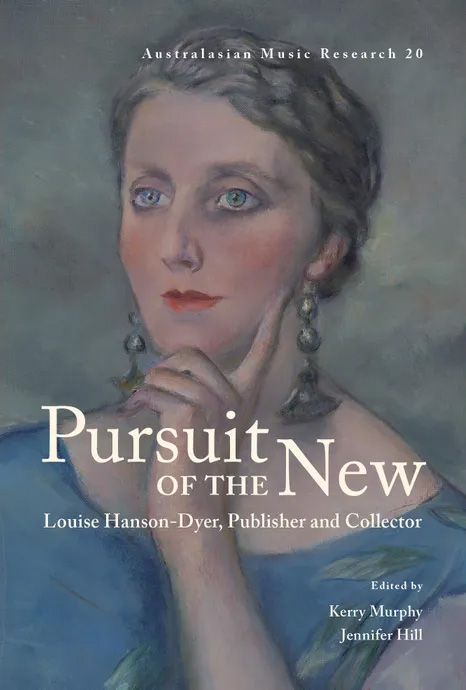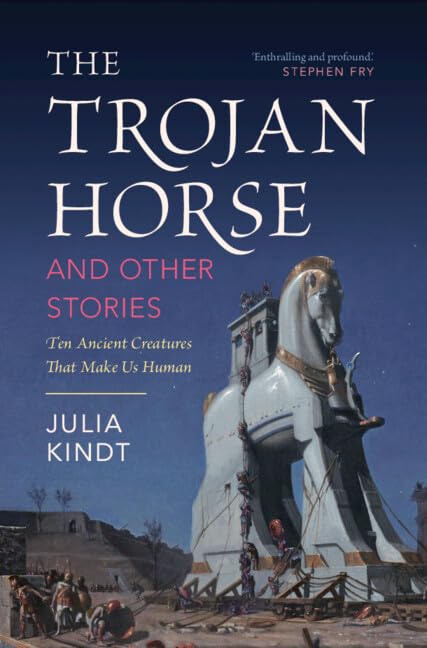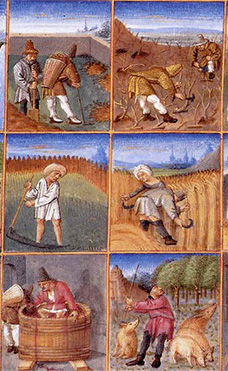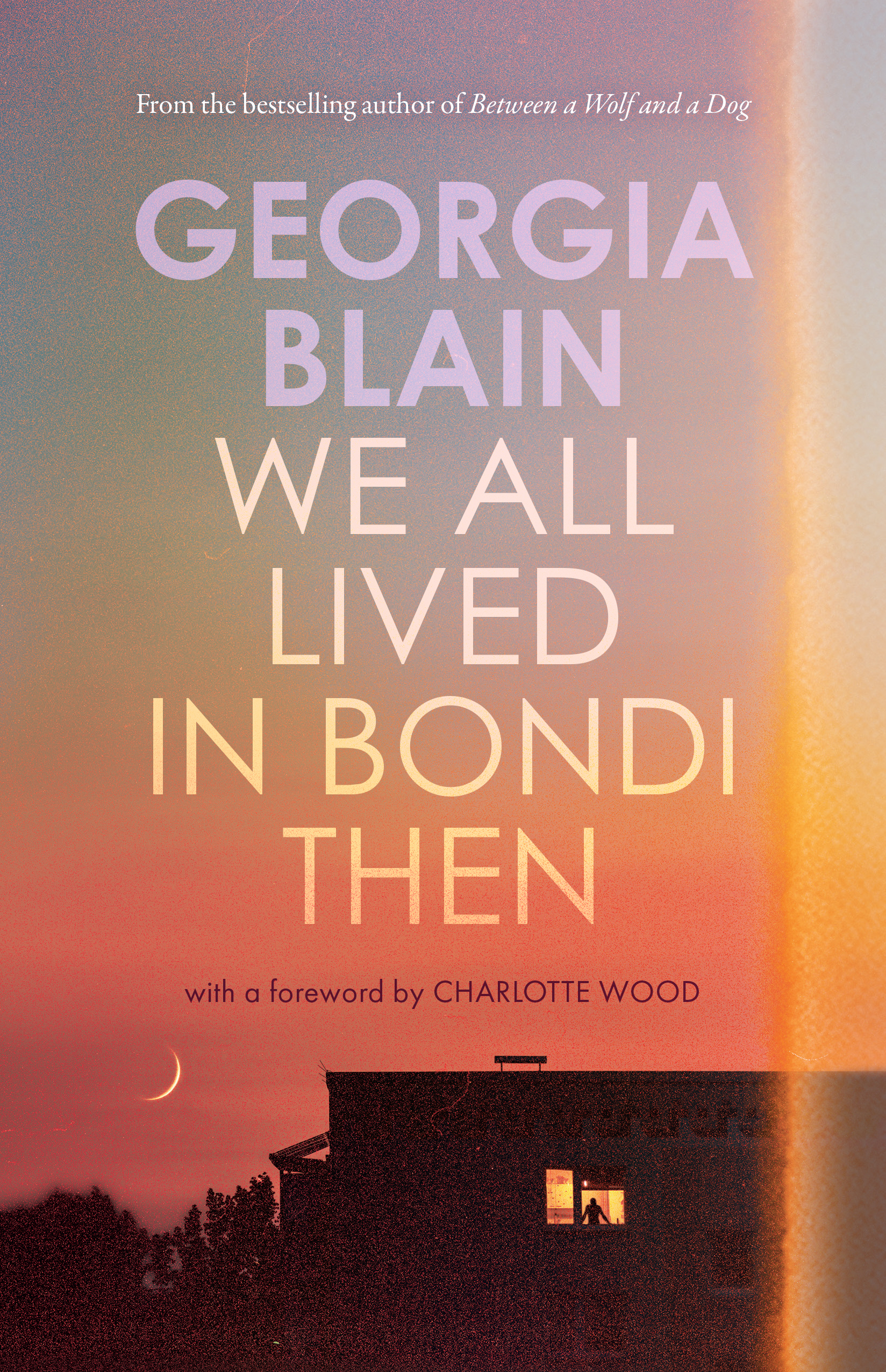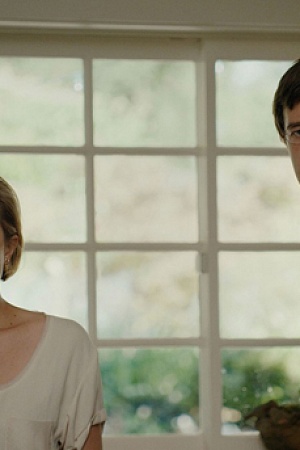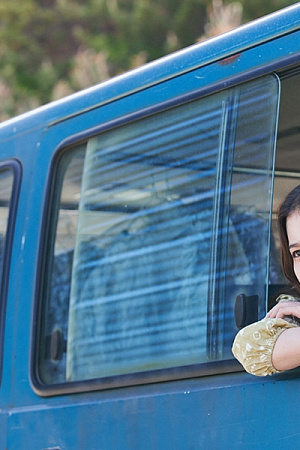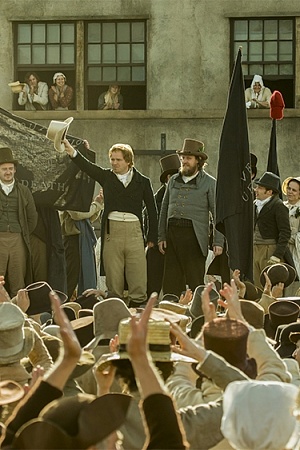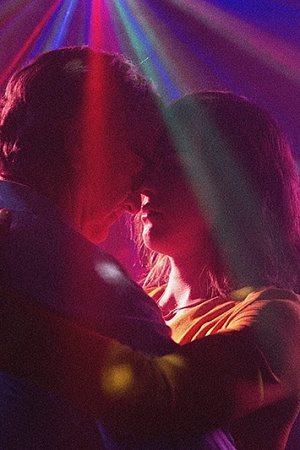Once Upon a Time ... in Hollywood
Quentin Tarantino is one of the most innovative living auteurs in English-speaking cinema. The films that made him – Reservoir Dogs, Pulp Fiction, Inglorious Basterds, and Kill Bill: Volume. 1 and 2 – are triumphs of hyper-stylised violence. Once Upon a Time in … Hollywood, Tarantino’s ninth film, though, is an outlier. Throughout a blissful and gleaming 1969 Los Angeles, the film tracks three characters: Rick Dalton (Leonardo DiCaprio), Cliff Booth (Brad Pitt), and Sharon Tate (Margot Robbie). Much of Once Upon a Time’s tension relies on an assumption that viewers will recall that Tate was murdered in her home by the Charles Manson Family.
Nonetheless, the film’s central focus is on Dalton, an ageing screen cowboy. Dalton is a fictionalised amalgam of leading television men of the 1960s, especially Ty Hardin, star of Bronco (1958–62). Facing a downturn in his career, Dalton has become insecure, erratic, and intoxicated; public interest is waning in the western genre as well as in its strong-jawed, emotionless stars. Early on, Dalton is approached by heavyweight Hollywood producer Marvin Schwarz (Al Pacino). Schwarz heaps praise on him, suggesting that the only way he’ll work again is by leaving Hollywood for Italy to pursue roles in spaghetti Westerns. These early scenes are, like much of Once Upon a Time, intercut with footage from films and episodes in which Dalton has starred. Tarantino switches film stock here, flitting between contemporary widescreen and a square, dutifully reflecting the aesthetic of cinema in that era. These films within a film, meticulous nods to stalwarts of the western genre, syncopate the rhythm of Once Upon a Time, but ultimately overwhelm Dalton’s own narrative.
Continue reading for only $10 per month. Subscribe and gain full access to Australian Book Review. Already a subscriber? Sign in. If you need assistance, feel free to contact us.

